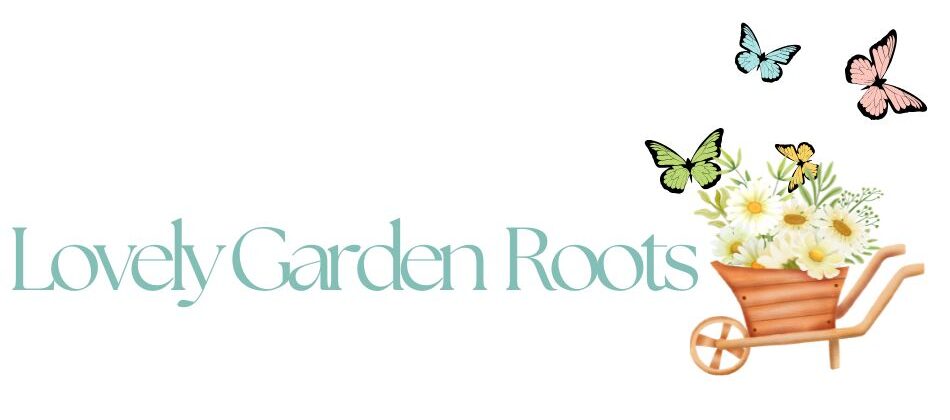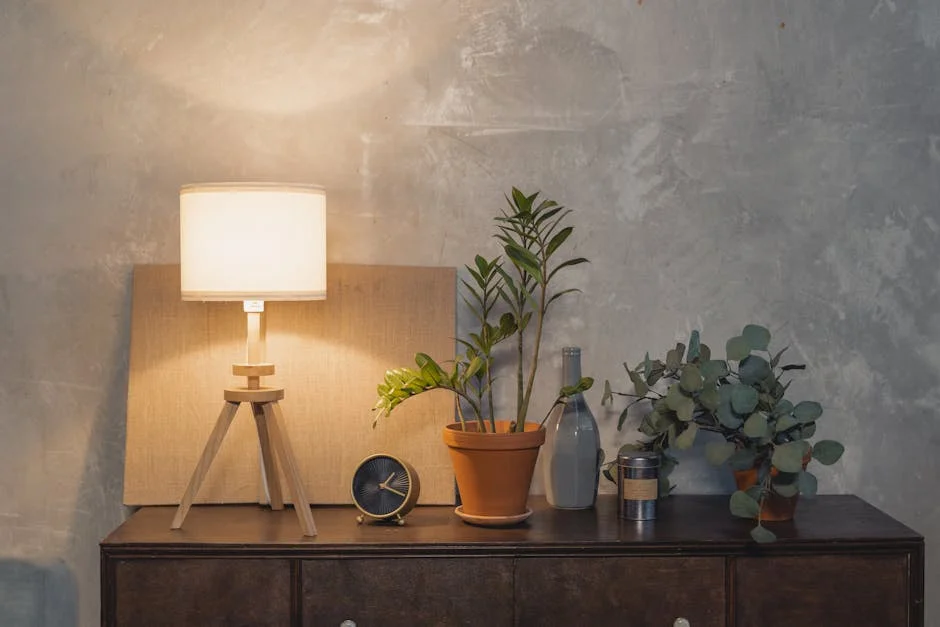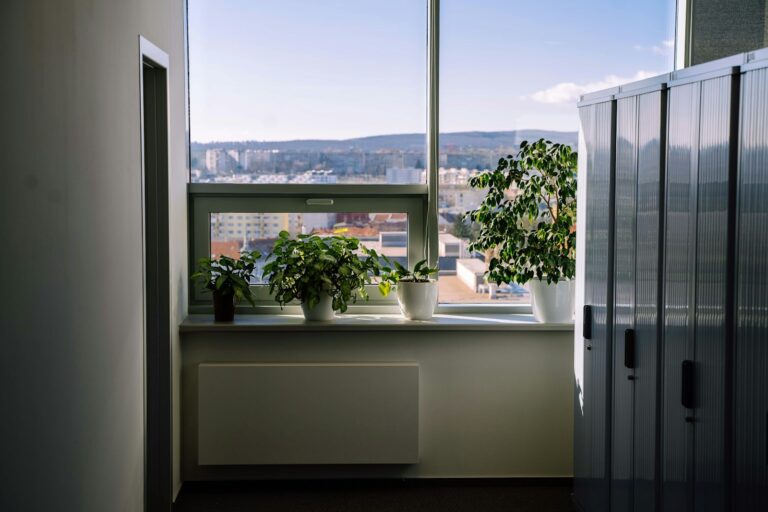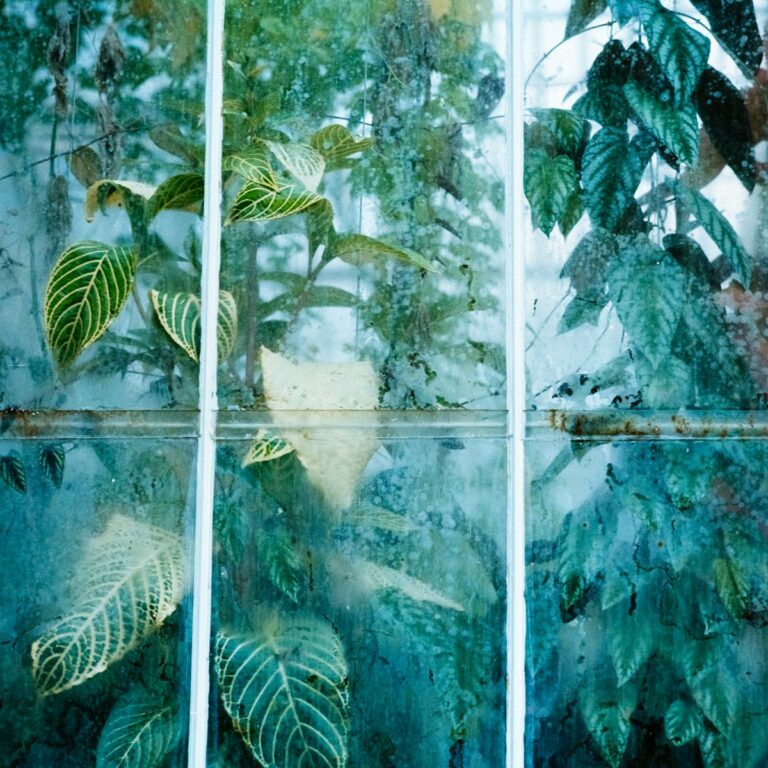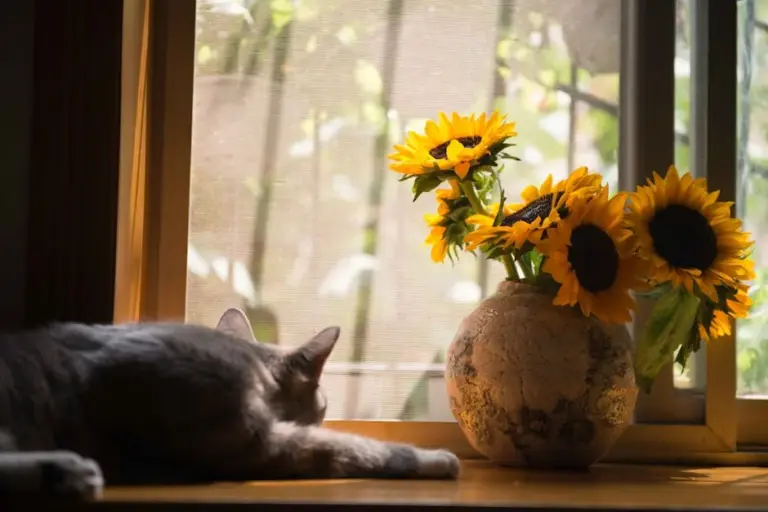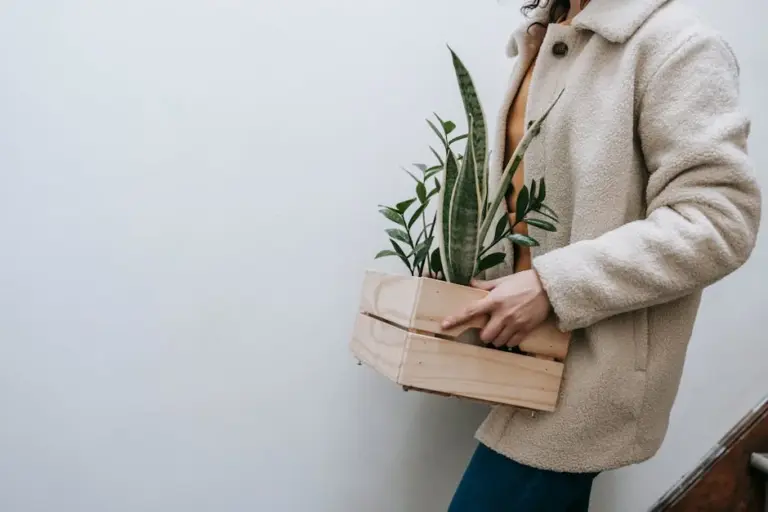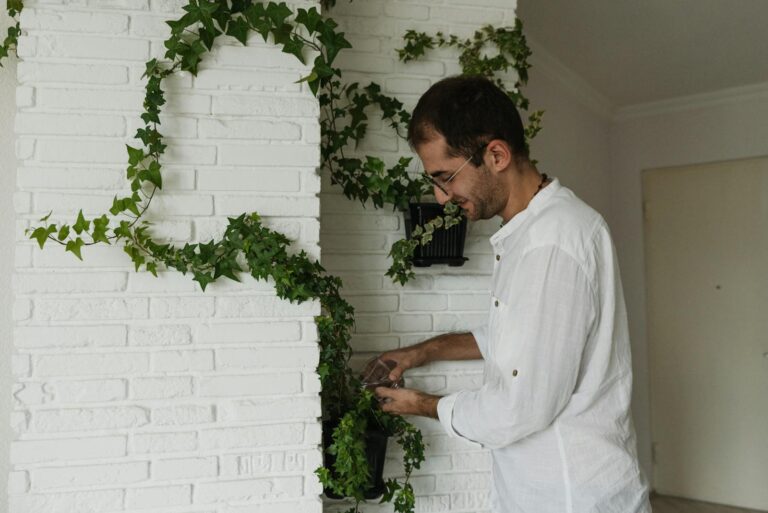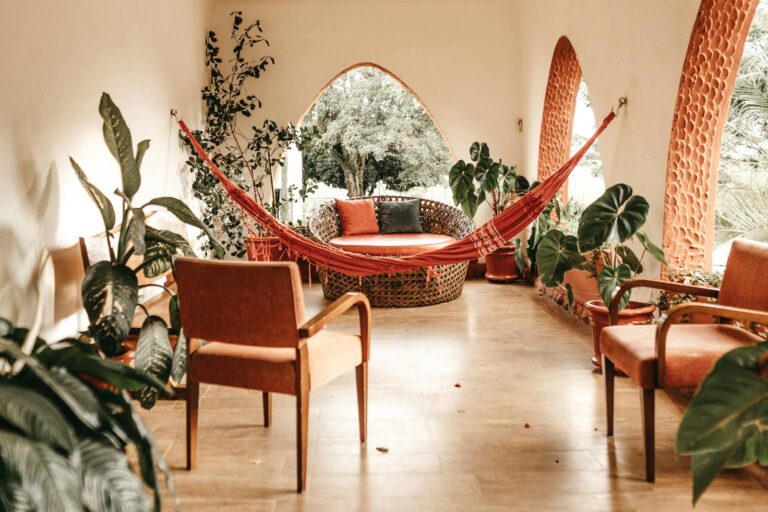Best Low-Light Plants for Shady Indoor Spaces to Brighten Up Your Home
If you have a shady spot in your home that struggles to get sunlight, don’t worry—there are plenty of plants that can thrive without bright light. The best low-light plants for indoor spaces include favorites like snake plants, ZZ plants, and peace lilies, all known for their ability to survive and even flourish in dim conditions. These plants not only brighten up your space but also require minimal care.
You might think low-light means lifeless plants, but that’s far from true. Many plants have adapted to grow in darker environments and will happily grow in corners, offices, or rooms without direct sunlight. Choosing the right plants can make your shady space inviting and green without the hassle of constant watering or sunlight adjustments.
If you’re ready to bring some life to your low-light areas, understanding which plants can handle the shade helps you pick options that promote healthy growth and beauty. This guide will help you find the perfect plants that fit your needs and your space.
Top Low-Light Plants for Shady Indoor Spaces
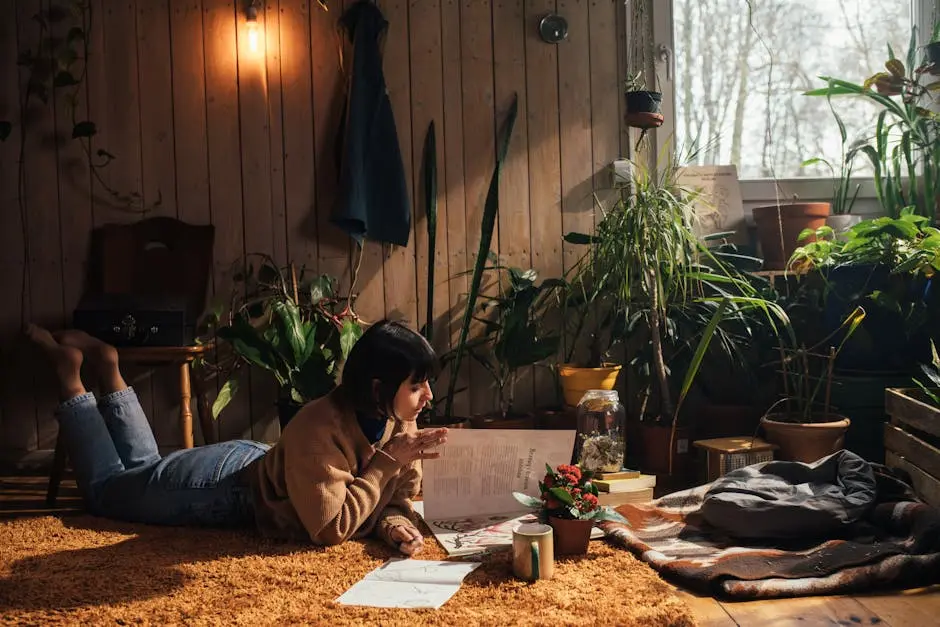
These indoor plants thrive in low-light conditions and require minimal care. They are perfect if your space has little direct sunlight but you still want greenery that stays healthy and attractive.
Snake Plant

The snake plant is very tough and can survive with very little light. Its upright, sword-like leaves are stiff and variegated, making it a striking addition to any room.
You don’t need to water this plant often; letting the soil dry out completely before watering helps prevent root rot. It’s excellent for spaces where you might forget to water regularly.
Snake plants also improve air quality by filtering toxins, so having one benefits both your space and your health. It’s a great pick if you want a low-maintenance, resilient plant.
ZZ Plant
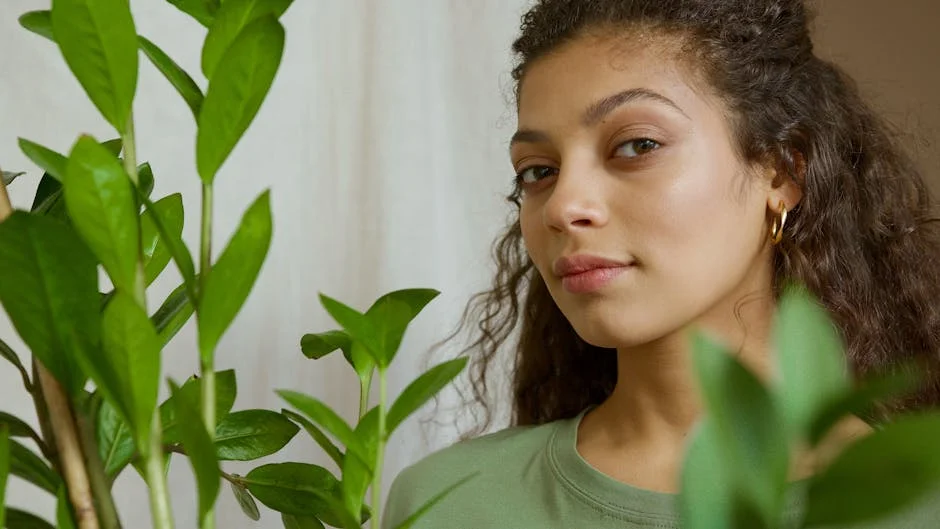
ZZ plants do well in low light and can tolerate neglect. Their waxy, dark green leaves reflect light, brightening dim corners.
This plant grows slowly but steadily and rarely needs watering, making it ideal if you’re busy or new to plants. ZZ plants handle low humidity and dry soil well.
Be mindful that ZZ plants are mildly toxic if ingested, so keep them away from pets and small children. They add a lush, vibrant touch with little effort.
Pothos
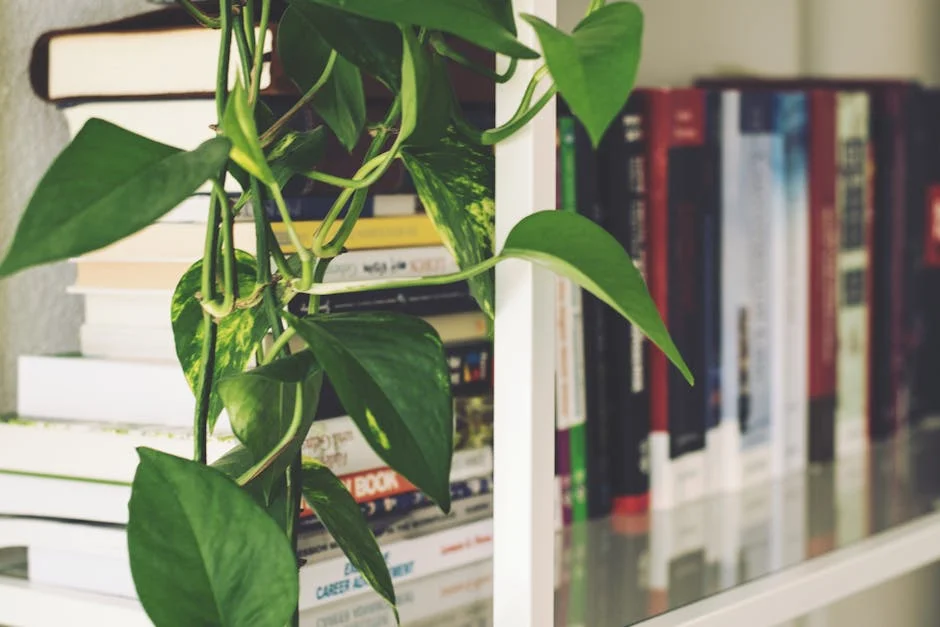
Pothos are popular for their trailing vines and heart-shaped leaves. They adapt to various light levels but perform well in shaded indoor spots too.
This plant is forgiving if you miss watering occasionally and can be trained to climb or hang. It also filters toxins from the air, helping improve your room environment.
You can easily propagate pothos by cutting a stem and placing it in water, so you can grow more plants from your original one.
Chinese Evergreen
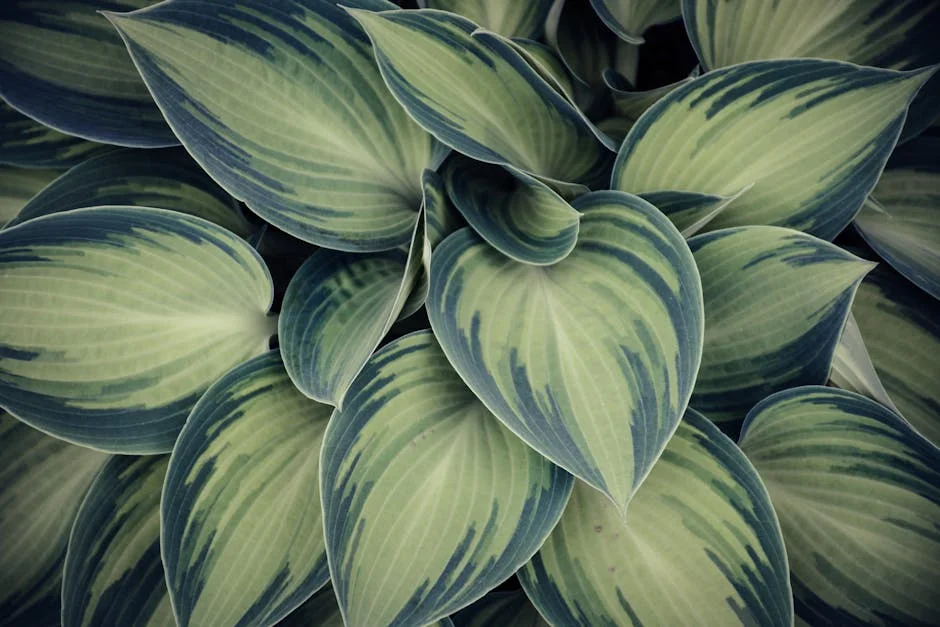
Chinese evergreens tolerate very low light and provide lush foliage with interesting color patterns. Their leaves often have silver or cream markings.
They prefer evenly moist soil but are forgiving if you let the top layer dry out between waterings. This plant grows slowly, so it won’t outgrow your space quickly.
It’s a good choice if you want a decorative plant that brightens a shady room without needing much attention or special care.
Easy-Care Options for Beginners
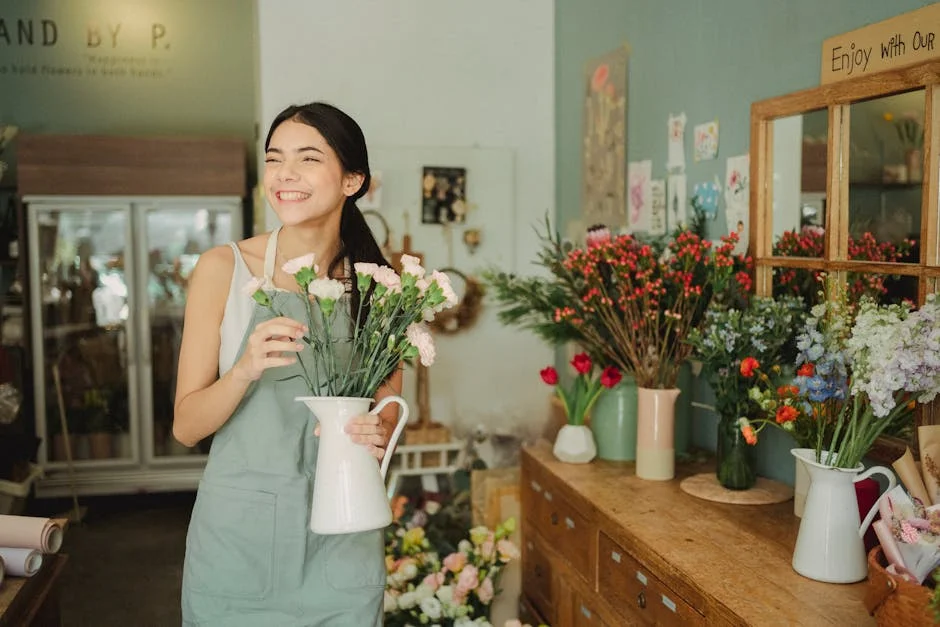
If you’re looking for plants that don’t demand much light or attention, these options are a great place to start. They tolerate low light well and need minimal watering, making them ideal for shady indoor spaces. Each one also adds a unique touch with its shape and foliage.
Peace Lily
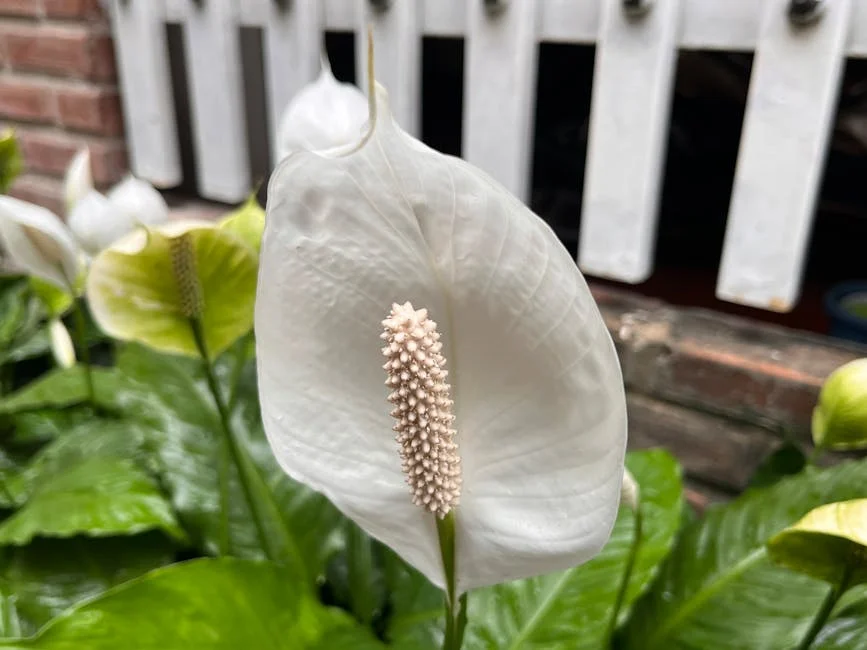
The Peace Lily is a popular low-light plant known for its glossy, dark green leaves and occasional white blooms. It thrives in indirect or low light but will struggle in complete darkness. You should water it when the top inch of soil feels dry, typically about once a week.
This plant also helps improve indoor air quality by filtering toxins. If the leaves start yellowing, it usually means you’re overwatering. Peace Lilies prefer humidity, so misting occasionally helps keep them happy. They can tolerate shade but do best near a window without direct sunlight.
Cast Iron Plant
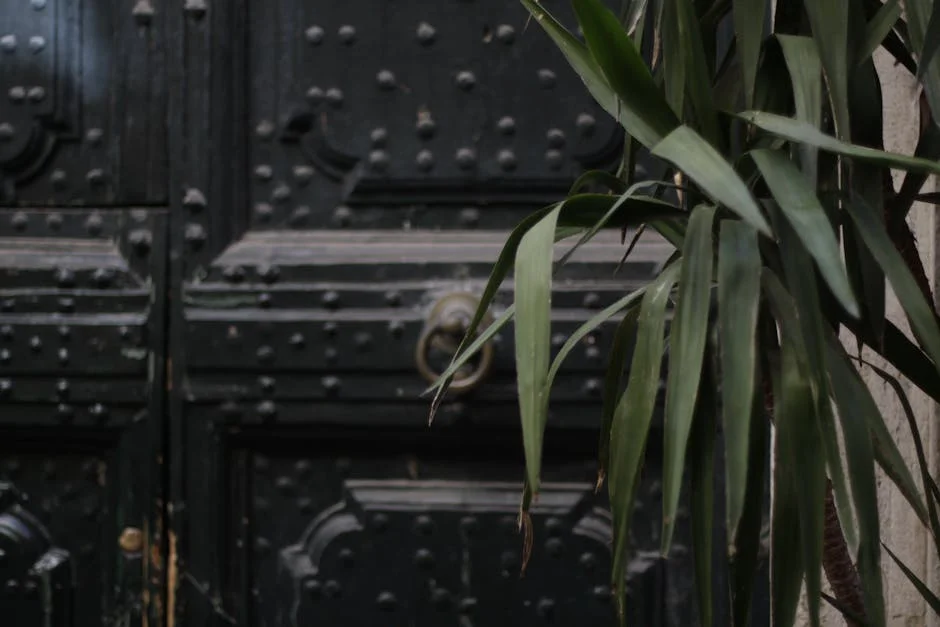
The Cast Iron Plant is named for its durability, making it nearly indestructible in low-light settings. It has broad, dark green leaves that stay healthy even if you forget to water sometimes. This plant grows slowly, so it won’t need frequent repotting.
You only need to water it every 1-2 weeks, allowing the soil to dry out between waterings. It tolerates a wide temperature range and can handle shady corners with minimal light. Avoid direct sun, which can scorch its leaves. This plant is ideal if you want something low-maintenance yet elegant.
Philodendron
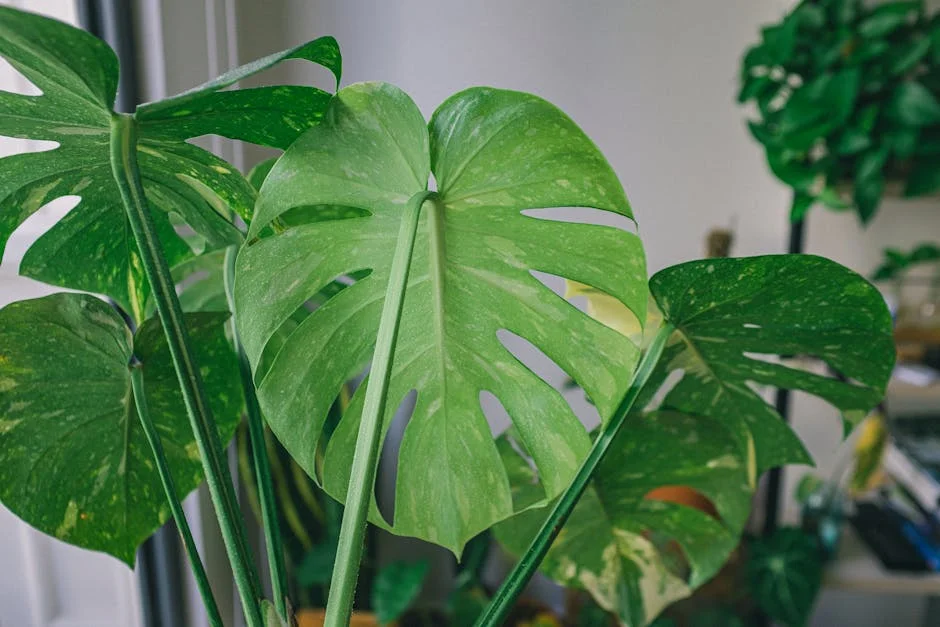
Philodendrons are a versatile group of plants well-suited for indoor low-light areas. Their heart-shaped leaves grow on long vines that can trail or climb, offering flexibility in your space. These plants adapt well to low and indirect light but do prefer some light to thrive.
Water the Philodendron when the top inch of soil dries out. Overwatering can lead to root rot, so good drainage is key. They appreciate higher humidity but can adapt to normal indoor conditions. Pruning occasional yellow or damaged leaves keeps the plant looking neat.
Pet-Friendly Low-Light Plants

You can choose plants that stay healthy in low light and are safe around pets. These plants won’t harm your cat or dog if they nibble on the leaves, making them a great option for pet owners with shady indoor areas.
Boston Fern
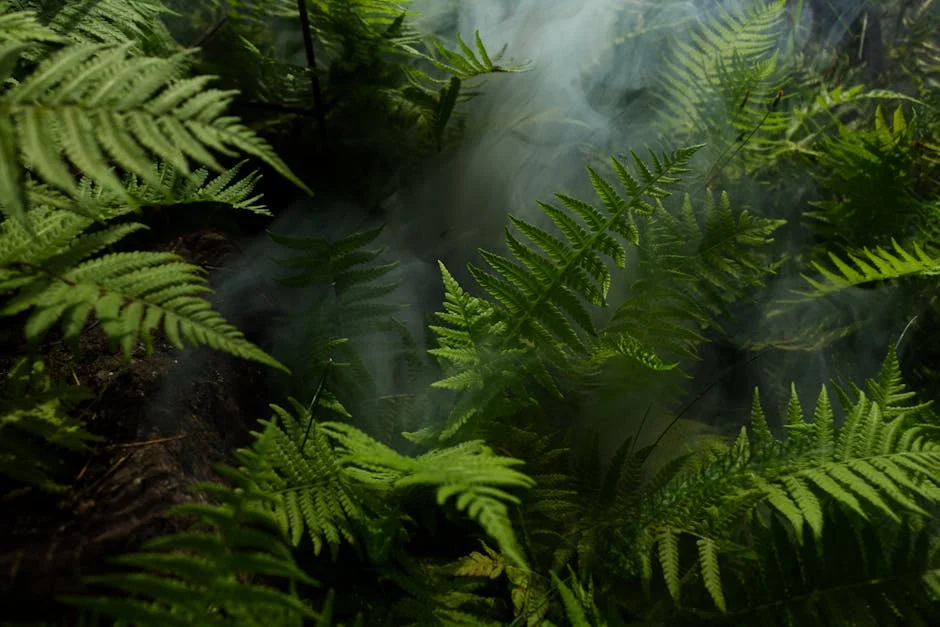
Boston Ferns thrive in indirect light and prefer high humidity, which helps keep their fronds lush and green. Place yours in a spot with consistent moisture but avoid waterlogging the soil to prevent root rot.
This fern is nontoxic to both cats and dogs, so it’s safe if your furry friends decide to explore or chew on it. It’s also a natural air purifier, helping to improve the air in your home.
To keep your Boston Fern healthy, mist the leaves regularly, especially in dry environments. They grow well in pots or hanging baskets, making them versatile for various indoor spots with low light.
Spider Plant
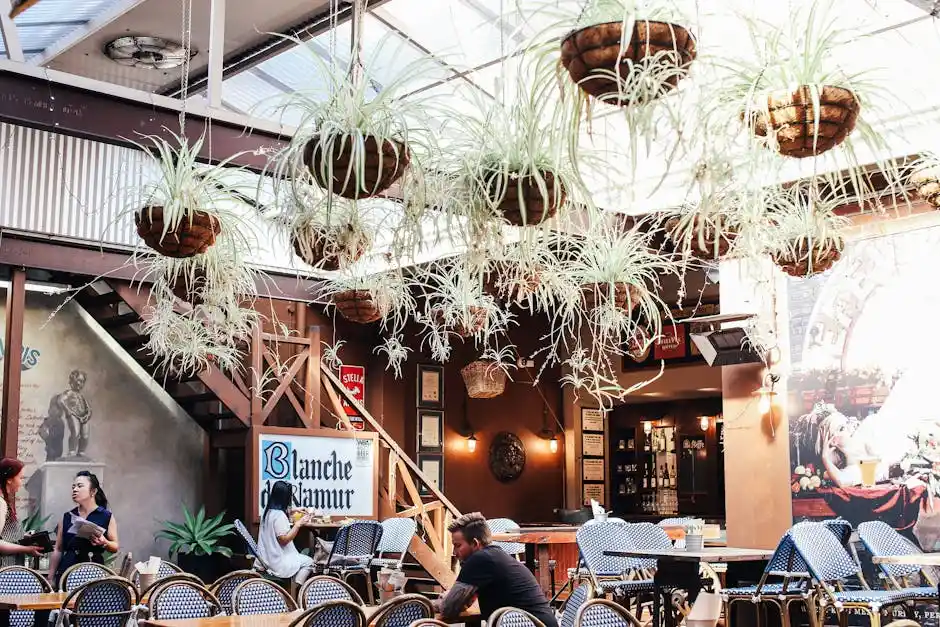
Spider Plants are tough and adapt well to low-light conditions, though they do best with some indirect sunlight. They grow fast and produce “babies” or offshoots, which you can propagate easily.
They’re non-toxic to pets, so you don’t have to worry about your cats or dogs causing harm by chewing on the leaves. Spider Plants can also help reduce indoor pollutants.
For best results, water your Spider Plant when the top inch of soil feels dry. These plants prefer well-draining soil and occasional feeding with balanced fertilizer during the growing season.
Care Tips for Thriving in Low Light
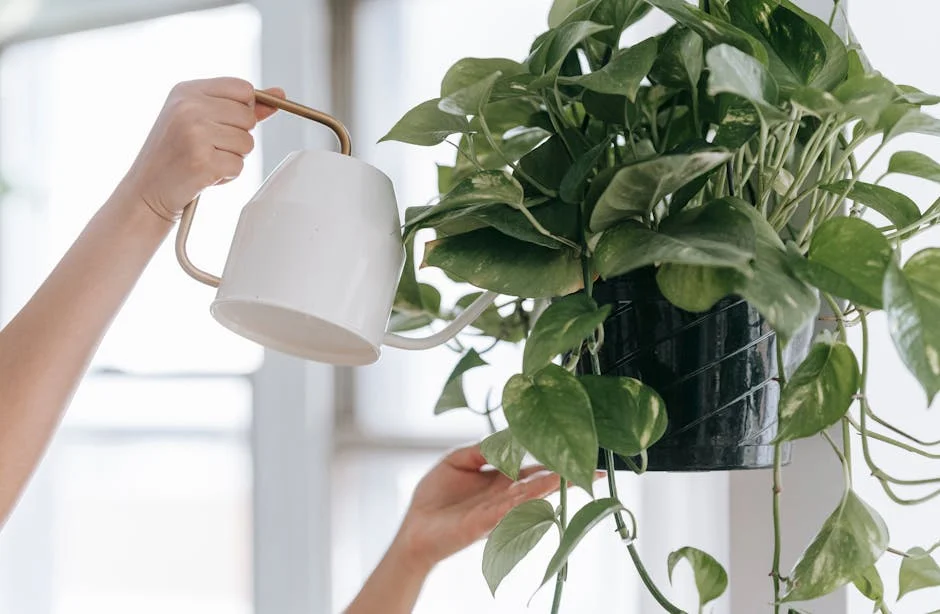
To help your plants thrive in low-light conditions, focus on how you water them, feed them, and keep them tidy. Adjusting these care steps will prevent common issues like overwatering and nutrient deficiency.
Watering and Humidity
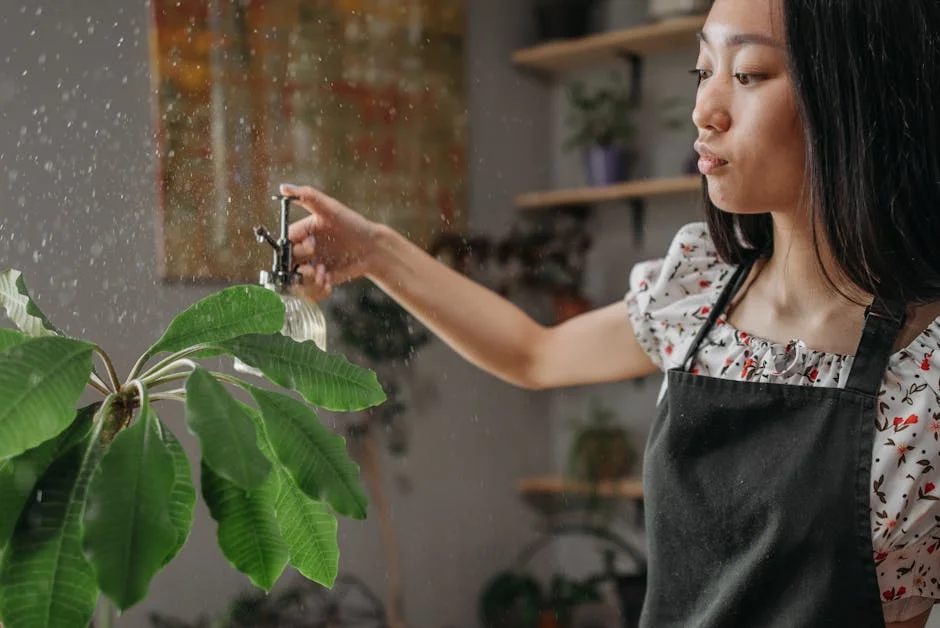
In low light, your plants use water more slowly, so watering less frequently is key. Check the soil moisture before watering by sticking your finger about an inch deep. If it feels dry, it’s time to water.
Avoid letting your plants sit in water to prevent root rot. Use pots with drainage holes and empty excess water from saucers. Many low-light plants prefer humidity around 40-50%. You can increase humidity by misting leaves, placing a water tray nearby, or grouping plants together.
Fertilizing Recommendations
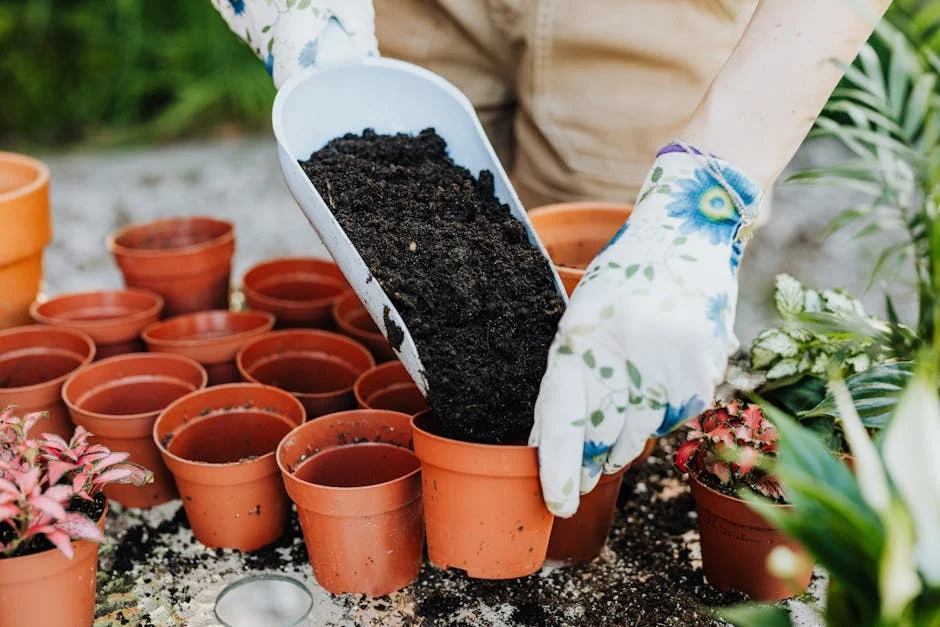
Low-light plants grow slower, so they need less fertilizer than those in bright areas. Feed your plants with a balanced, water-soluble fertilizer diluted to half strength every 6-8 weeks during spring and summer.
Avoid fertilizing in fall and winter when growth naturally slows. Over-fertilizing can cause leaf burn or salt buildup in the soil. Organic options like diluted compost tea can provide gentle nutrients without the risk of overdoing it.
Pruning and Maintenance
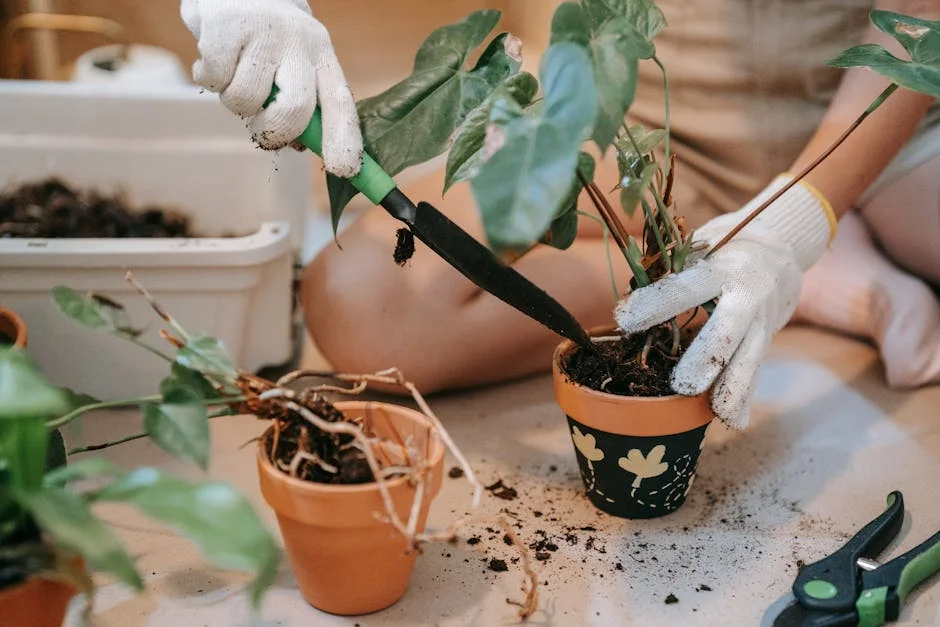
Regular pruning keeps low-light plants healthy and promotes fuller growth. Remove yellowing or dead leaves promptly to prevent pests and disease.
Trim leggy growth to encourage bushier shapes. Wipe leaves occasionally with a damp cloth to remove dust, which can block light absorption. Repot your plants every 1-2 years to refresh soil and provide room for roots to grow.
Decorating Ideas for Shady Spaces
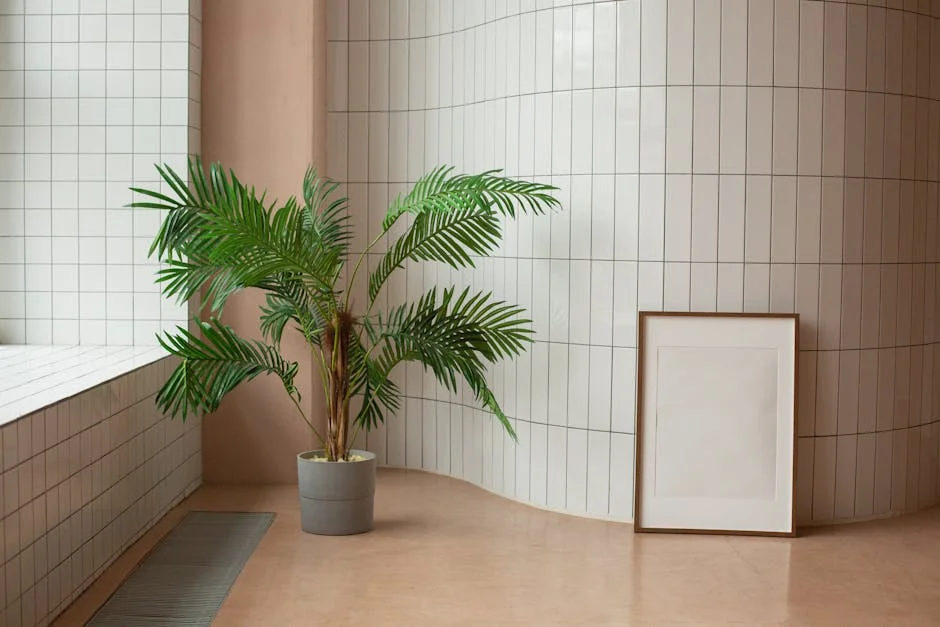
You can transform dark corners into lively, inviting areas by carefully arranging low-light plants. Using vertical space and grouping plants creatively helps maximize greenery without crowding your room.
Creating Green Corners
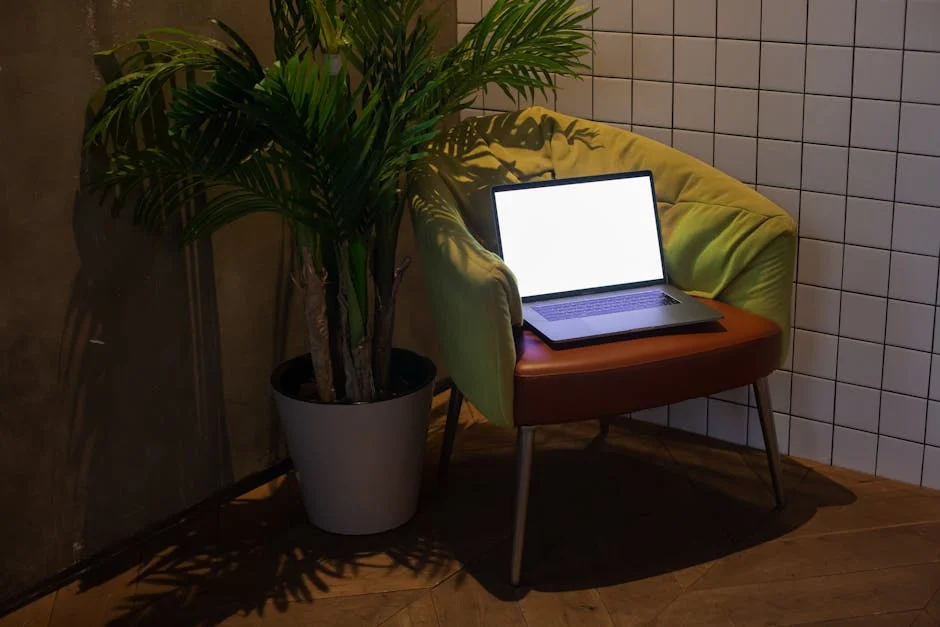
Choose a dedicated corner to build a green oasis with easy-care plants like ferns, philodendrons, and snake plants. Arrange them at varying heights using plant stands or stackable crates to add depth and interest.
Add a small lamp with warm light nearby to brighten the area without overpowering your plants. Use decorative pots in natural materials like ceramic or terracotta for a cozy feel.
Be mindful of airflow and avoid placing plants in tight clusters. This allows each plant to thrive and prevents moisture buildup, which can cause mold. Rotating the plants occasionally helps maintain even growth.
Hanging and Shelf Displays
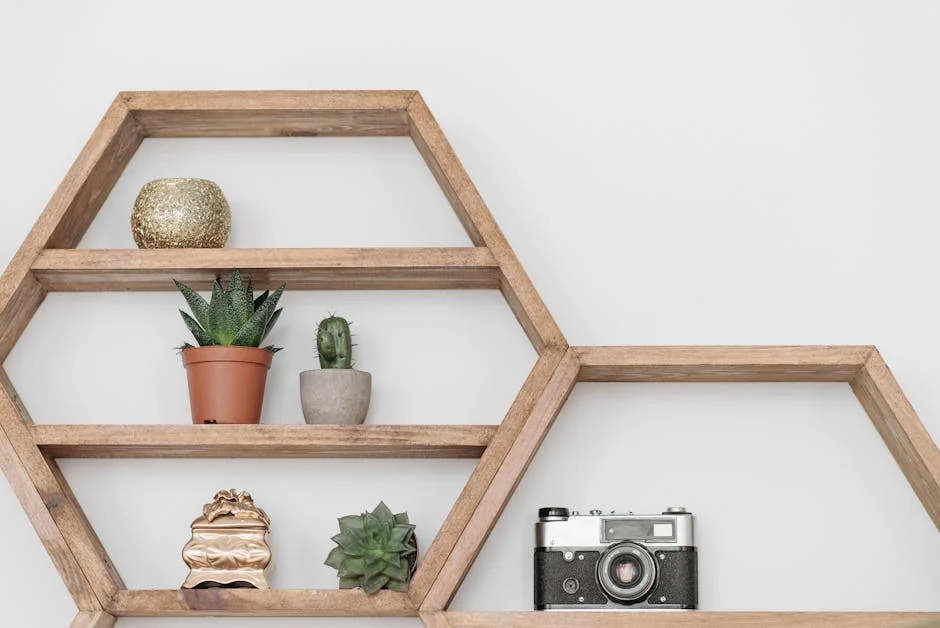
Hanging plants such as pothos or spider plants are perfect for using vertical space in low-light areas. Use sturdy hooks or wall brackets placed near windows or light fixtures to support hanging baskets.
Shelves work well for displaying plants with trailing or upright growth. Combine plants like the ZZ plant with bird’s nest ferns on different levels for visual variety.
Keep heavier or larger plants on lower shelves and lighter hanging plants above to balance the weight. Using decorative shelves that match your room’s style can enhance the overall look while providing proper support for your plants.
For inspiration on plants suited for these arrangements, see a list of houseplants for shady rooms.
